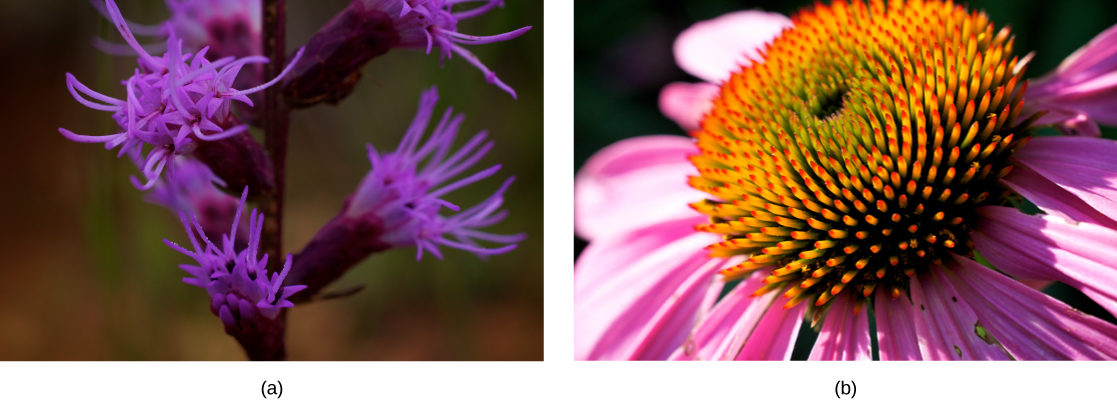| << Chapter < Page | Chapter >> Page > |

In other cases, similar phenotypes evolve independently in distantly related species. For example, flight has evolved in both bats and insects, and they both have structures we refer to as wings, which are adaptations to flight. The wings of bats and insects, however, evolved from very different original structures. When similar structures arise through evolution independently in different species it is called convergent evolution . The wings of bats and insects are called analogous structures ; they are similar in function and appearance, but do not share an origin in a common ancestor. Instead they evolved independently in the two lineages. The wings of a hummingbird and an ostrich are homologous structures , meaning they share similarities (despite their differences resulting from evolutionary divergence). The wings of hummingbirds and ostriches did not evolve independently in the hummingbird lineage and the ostrich lineage—they descended from a common ancestor with wings.
The mechanisms of inheritance, genetics, were not understood at the time Darwin and Wallace were developing their idea of natural selection. This lack of understanding was a stumbling block to comprehending many aspects of evolution. In fact, blending inheritance was the predominant (and incorrect) genetic theory of the time, which made it difficult to understand how natural selection might operate. Darwin and Wallace were unaware of the genetics work by Austrian monk Gregor Mendel, which was published in 1866, not long after publication of On the Origin of Species . Mendel’s work was rediscovered in the early twentieth century at which time geneticists were rapidly coming to an understanding of the basics of inheritance. Initially, the newly discovered particulate nature of genes made it difficult for biologists to understand how gradual evolution could occur. But over the next few decades genetics and evolution were integrated in what became known as the modern synthesis —the coherent understanding of the relationship between natural selection and genetics that took shape by the 1940s and is generally accepted today. In sum, the modern synthesis describes how evolutionary pressures, such as natural selection, can affect a population’s genetic makeup, and, in turn, how this can result in the gradual evolution of populations and species. The theory also connects this gradual change of a population over time, called microevolution , with the processes that gave rise to new species and higher taxonomic groups with widely divergent characters, called macroevolution .
Recall that a gene for a particular character may have several variants, or alleles, that code for different traits associated with that character. For example, in the ABO blood type system in humans, three alleles determine the particular blood-type protein on the surface of red blood cells. Each individual in a population of diploid organisms can only carry two alleles for a particular gene, but more than two may be present in the individuals that make up the population. Mendel followed alleles as they were inherited from parent to offspring. In the early twentieth century, biologists began to study what happens to all the alleles in a population in a field of study known as population genetics .

Notification Switch
Would you like to follow the 'Concepts of biology' conversation and receive update notifications?